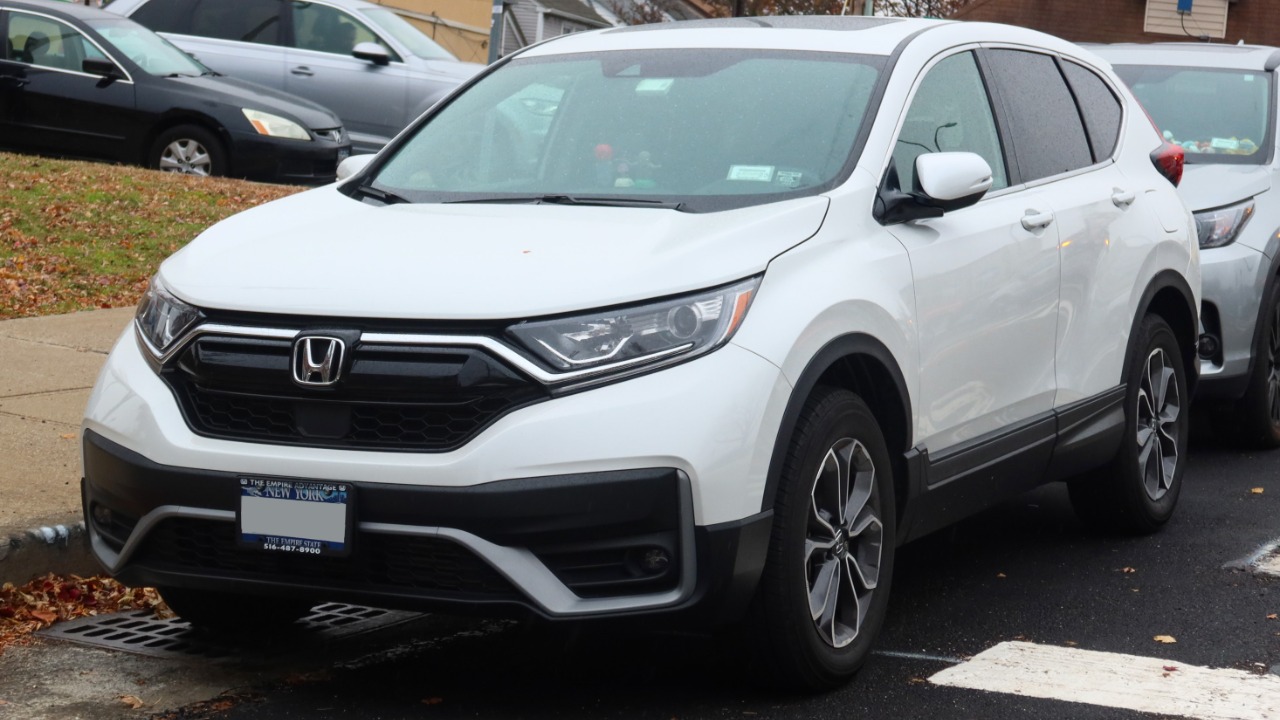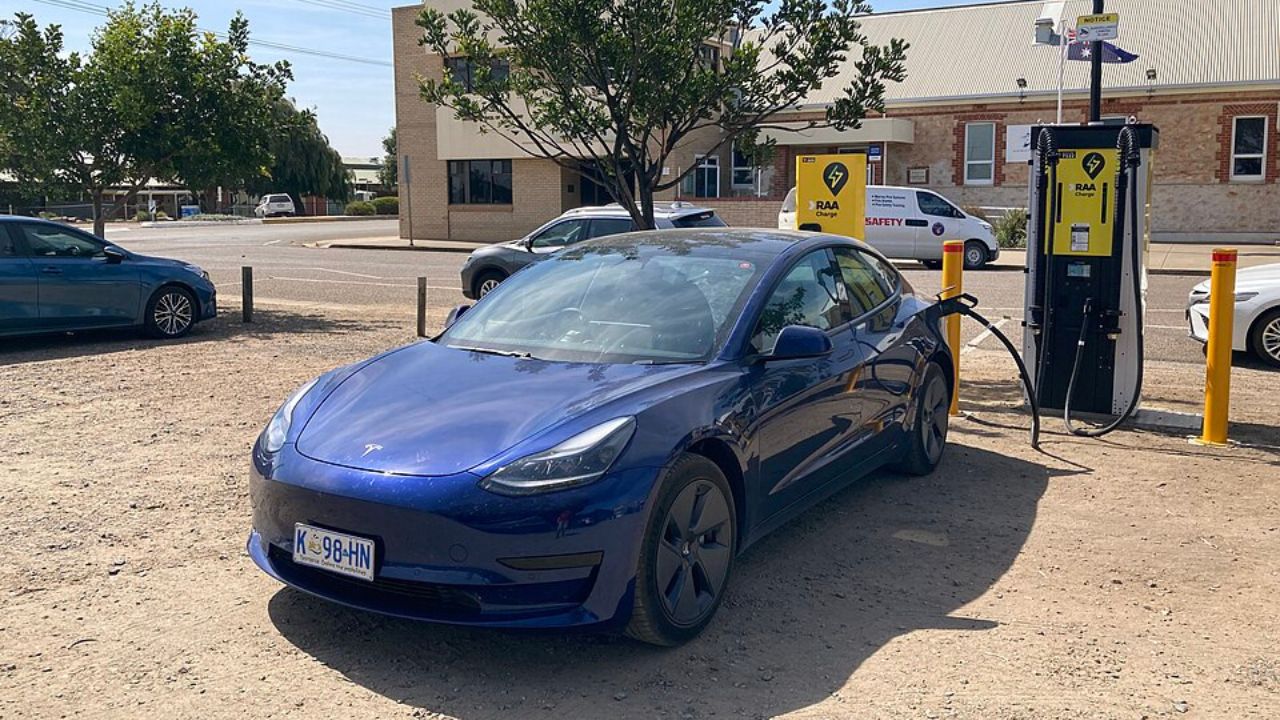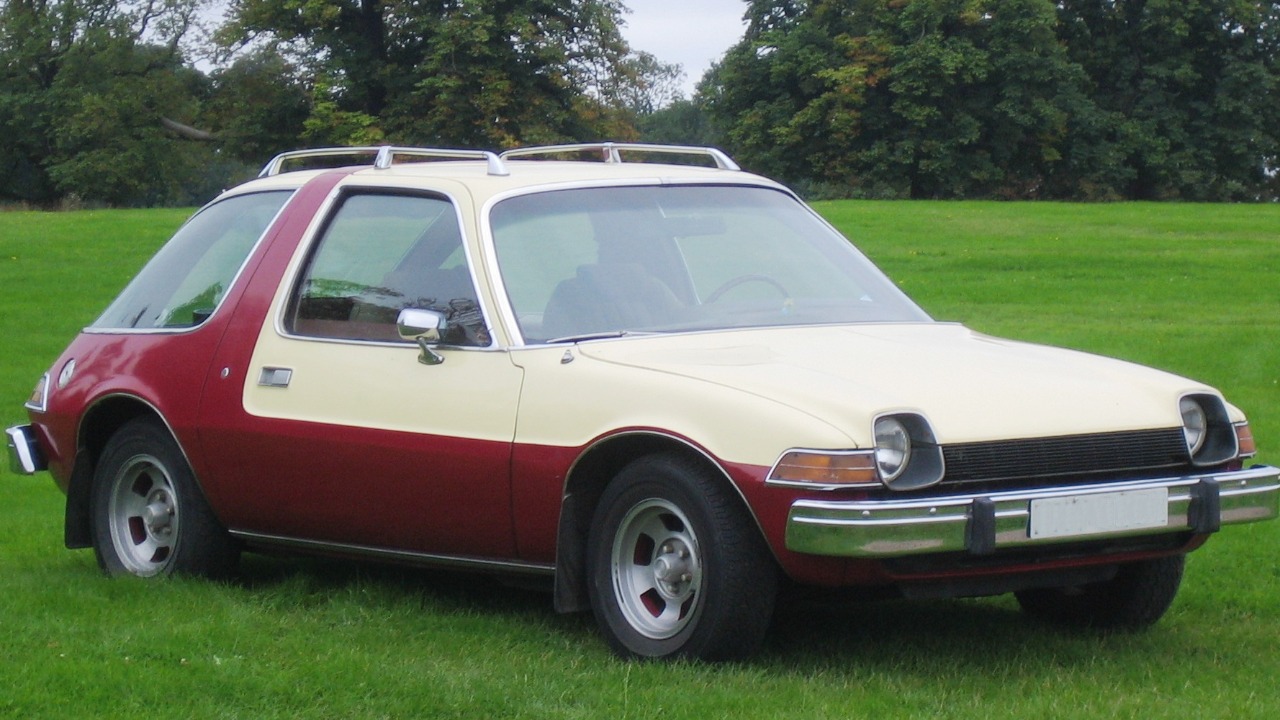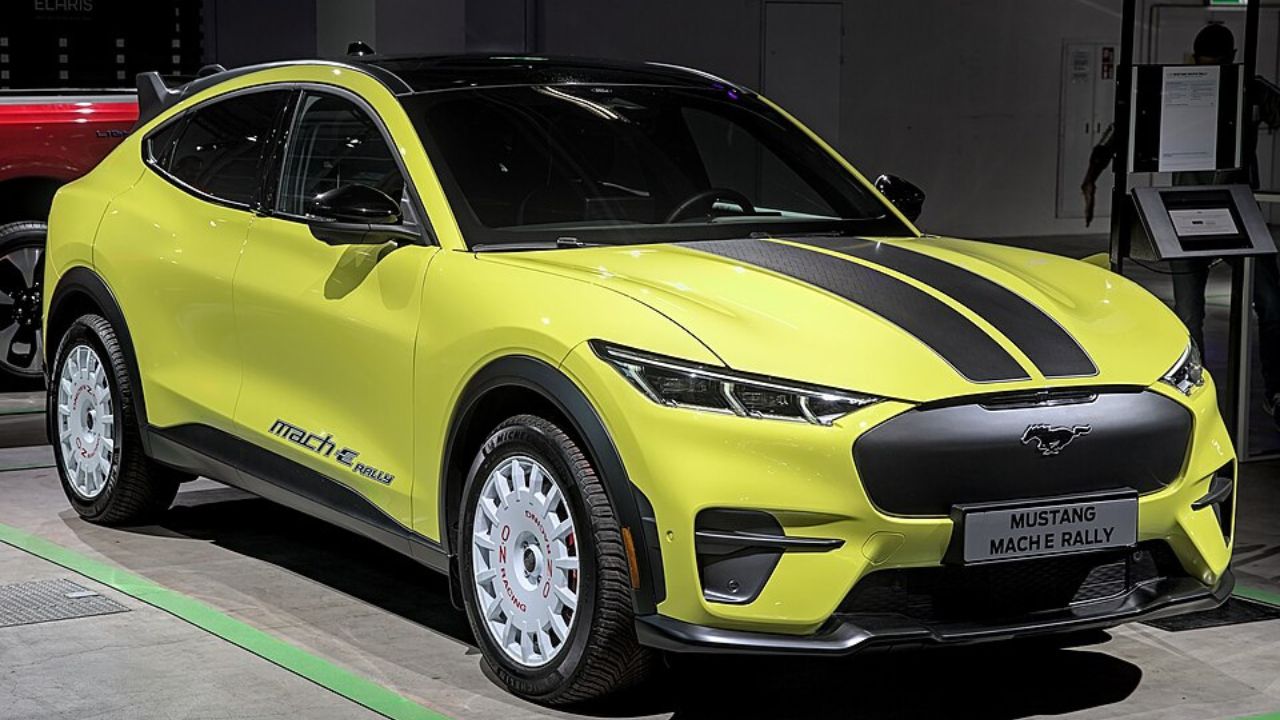Hybrid vehicles have become increasingly popular due to their fuel efficiency and reduced environmental impact. However, one critical aspect of owning a hybrid is understanding the costs and reliability associated with battery replacement. Exploring the key factors influencing battery replacement costs and assessing the reliability of hybrid batteries over time is essential for potential buyers and current owners alike.
Understanding Hybrid Battery Technology
Hybrid vehicles typically use one of two types of batteries: Nickel-Metal Hydride (NiMH) or Lithium-Ion (Li-ion). NiMH batteries, like those found in the Toyota Prius 2025, have been the standard for many years due to their durability and cost-effectiveness. They are known for their ability to handle high power demands and their resilience in various temperature conditions. However, they are heavier and have a lower energy density compared to their Li-ion counterparts.
Li-ion batteries, used in the 2025 Honda CR-V Hybrid, offer a higher energy density, which translates to better fuel economy and a reduction in overall vehicle weight. These batteries are becoming more prevalent as advancements in technology make them more affordable and efficient. Recent innovations, such as solid-state batteries, promise to further extend battery lifespan and performance, potentially revolutionizing the hybrid market.
The battery management system (BMS) plays a crucial role in ensuring the optimal performance and longevity of hybrid batteries. This system regulates the charging and discharging processes, monitors the battery’s temperature, and balances the charge across individual cells. A well-designed BMS can significantly enhance the lifespan of a battery, reducing the frequency of replacements and contributing to overall vehicle reliability.
Factors Influencing Battery Replacement Costs
The cost of replacing a hybrid battery can vary significantly depending on several factors, with battery size and type being primary considerations. For instance, the battery in a 2025 Ford Escape Hybrid is smaller and less expensive to replace than the one in larger hybrid SUVs. Li-ion batteries tend to be more costly than NiMH due to their advanced technology and higher performance capabilities.
The manufacturer and specific model of a vehicle also play a significant role in determining replacement costs. Brands like Toyota, known for their extensive hybrid range, often have more competitive pricing due to economies of scale and their long-standing experience in the hybrid market. In contrast, luxury brands like Lexus might have higher replacement costs, reflecting the premium nature of their vehicles and components.
Warranty and service plans are another critical component impacting battery replacement expenses. Many hybrid cars, such as the 2025 Hyundai Sonata Hybrid, come with warranties that cover battery replacements for a certain period or mileage. These warranties can substantially reduce or even eliminate the cost of replacement within the warranty period, making them a crucial consideration for potential buyers. However, once the warranty period expires, replacement costs can become a significant financial burden.
Reliability and Lifespan of Hybrid Batteries
The expected lifespan of hybrid batteries is a vital consideration for owners and manufacturers alike. Most hybrid batteries, like those in the 2025 Toyota Camry Hybrid, are designed to last between 100,000 and 150,000 miles, or approximately 8 to 10 years, depending on usage and maintenance. Over time, batteries naturally degrade, with capacity loss being the most common issue, which can affect overall vehicle performance.

Common issues affecting the reliability of hybrid batteries include exposure to extreme temperatures, which can accelerate degradation, and poor maintenance practices. Problems such as these can lead to reduced efficiency and increased fuel consumption, which undermine the benefits of owning a hybrid vehicle. Regular maintenance checks and following manufacturer-recommended guidelines can mitigate these issues, helping to preserve battery health and longevity.
Adopting proactive maintenance practices is essential for extending the life of a hybrid battery. Simple strategies such as avoiding frequent deep discharges, parking in shaded or temperature-controlled environments, and regular servicing can make a significant difference. Owners of vehicles like the 2025 Kia Sorento Hybrid can benefit from these practices, ensuring that their batteries remain in optimal condition for as long as possible.
Cost-Benefit Analysis of Battery Replacement
Ignoring a failing battery can have severe financial implications. A degraded battery can lead to increased fuel consumption and reduced vehicle performance, resulting in higher operational costs. For example, a 2025 Nissan Rogue Hybrid with a failing battery may exhibit decreased fuel efficiency, negating the cost savings typically associated with hybrid vehicles.
Investing in a new battery can lead to substantial long-term savings. While the initial replacement cost might seem high, the improved fuel efficiency and reduced maintenance needs can offset this over time. For instance, a well-maintained 2025 Toyota RAV4 Hybrid with a new battery can deliver significant savings on fuel costs, making the investment worthwhile.
When comparing maintenance costs between hybrid and conventional vehicles, hybrids generally have lower routine maintenance expenses due to fewer mechanical components. However, the cost of battery replacement can be a significant factor. For example, a Chevrolet Malibu Hybrid may require less frequent mechanical service compared to its gasoline counterpart, but owners must budget for potential battery replacements.
Future Trends in Hybrid Battery Technology and Costs
Industry experts predict that battery costs will continue to decrease as technology advances. Innovations in battery chemistry and manufacturing processes are expected to drive down prices, making hybrid vehicles more affordable. For instance, the adoption of solid-state batteries in future models could significantly lower costs, benefiting both manufacturers and consumers.
Government incentives and regulations are also likely to impact the hybrid market. Policies promoting clean energy and reducing carbon emissions could encourage wider adoption of hybrid technologies. For example, tax credits and rebates for vehicles like the 2025 Subaru Crosstrek Hybrid can make them more accessible to consumers, further driving demand.
Sustainability initiatives and recycling efforts are becoming increasingly important in shaping the future of hybrid batteries. Programs aimed at recycling and repurposing used batteries can reduce environmental impact and provide raw materials for new production. These efforts contribute to a more sustainable hybrid battery market, ensuring that future generations benefit from cleaner, more efficient technologies.
Like Fast Lane Only’s content? Be sure to follow us.
Here’s more from us:
*Created with AI assistance and editor review.







Leave a Reply